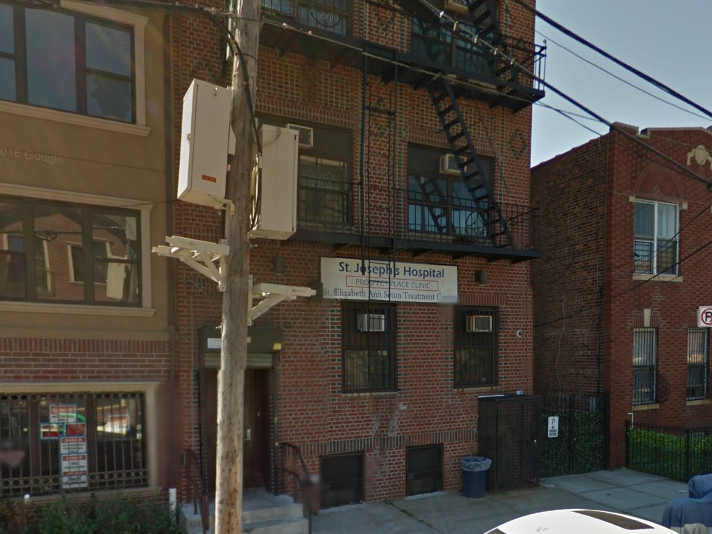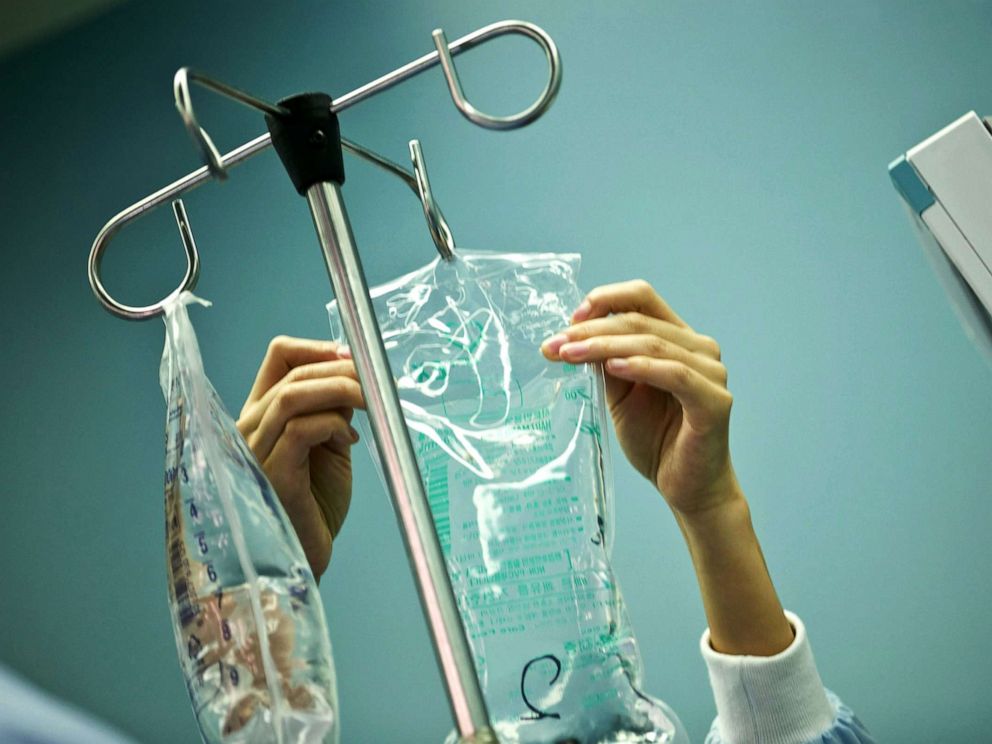The 20-Second Trick For What Is The Best Treatment For Drug Addiction
It's really typical to see them also deal with member of the family who are impacted by the Addiction Treatment dependencies of the individual, or in a community to avoid dependency and educate the general public. Counselors must have the ability to acknowledge how dependency affects the entire person and those around him or her. Therapy is also associated with "Intervention"; a procedure in which the addict's family and liked ones request aid from an expert to get an individual into drug treatment.
Denial suggests absence of willingness from the patients or worry to confront the real nature of the addiction and to take any action to enhance their lives, instead of continuing the destructive behavior. As soon as this has actually been attained, the therapist coordinates with the addict's household to support them on getting the specific to drug rehabilitation right away, with issue and take care of this individual.
An intervention can likewise be performed in the office environment with colleagues instead of family. One approach with limited applicability is the sober coach. In this method, the client is serviced by the provider( s) Drug Abuse Treatment in his or her home and workplacefor any efficacy, around-the-clockwho functions just like a baby-sitter to direct or manage the patient's habits.
This conceptualization renders the specific basically powerless over his/her troublesome habits and unable to stay sober by himself or herself, much as individuals with a terminal illness being not able to fight the illness on their own without medication. Behavioral treatment, therefore, necessarily requires people to admit their addiction, renounce their previous way of life, and look for a supportive social media network who can assist them stay sober.
These approaches have actually fulfilled substantial quantities of criticism, originating from challengers who disapprove of the spiritual-religious orientation on both mental and legal premises. Opponents also compete that it lacks valid scientific evidence for claims of efficacy. However, there is survey-based research study that recommends there is a connection between participation and alcohol sobriety (what are some forms of treatment available to those suffering from opioid addiction?).
A Biased View of How Many Addiction Treatment Centers Are There In The United Kingdom
CLEVER Healing was founded by Joe Gerstein in 1994 by basing REBT as a structure. It provides importance to the human firm in overcoming dependency and concentrates on self-empowerment and self-reliance. It does not sign up for disease http://andersonlkpg432.huicopper.com/how-often-should-i-take-shrooms-as-treatment-addiction-things-to-know-before-you-buy theory and powerlessness. The group conferences include open discussions, questioning choices and forming corrective procedures through assertive exercises.

Goals of the SMART Recovery programs are: Structure and Preserving Inspiration, Handling Urges, Handling Thoughts, Sensations, and Behaviors, Living a Balanced Life. This is thought about to be similar to other self-help groups who work within mutual help concepts. In his influential book, Client-Centered Therapy, in which he presented the client-centered approach to therapeutic change, psychologist Carl Rogers proposed there are 3 essential and sufficient conditions for individual change: unconditional positive regard, precise empathy, and genuineness.
To this end, a 1957 study compared the relative effectiveness of 3 different psychotherapies in treating alcoholics who had actually been dedicated to a state hospital for sixty days: a therapy based upon two-factor learning theory, client-centered therapy, and psychoanalytic treatment. Though the authors anticipated the two-factor theory to be the most effective, it in fact showed to be deleterious in the outcome.
It has been argued, however, these findings may be attributable to the profound distinction in therapist outlook in between the two-factor and client-centered approaches, instead of to client-centered methods. The authors note two-factor theory involves plain disapproval of the customers' "unreasonable habits" (p. 350); this significantly unfavorable outlook could explain the outcomes.
Understood as Client-Directed Outcome-Informed treatment (CDOI), this method has been utilized by a number of drug treatment programs, such as Arizona's Department of Health Services. Psychoanalysis, a psychotherapeutic technique to behavior change established by Sigmund Freud and modified by his followers, has actually also offered an explanation of substance abuse. This orientation recommends the main cause of the dependency syndrome is the unconscious need to entertain and to enact various sort of homosexual and perverse fantasies, and at the exact same time to prevent taking duty for this.
The Facts About How Long Is Inpatient Treatment For Codeine Addiction Uncovered
The addiction syndrome is also hypothesized to be associated with life trajectories that have actually happened within the context of teratogenic procedures, the phases of which include social, cultural and political elements, encapsulation, traumatophobia, and masturbation as a kind of self-soothing. Such a method depends on plain contrast to the techniques of social cognitive theory to addictionand undoubtedly, to habits in generalwhich holds humans to regulate and control their own environmental and cognitive environments, and are not merely driven by internal, driving impulses.
An influential cognitive-behavioral method to addiction recovery and therapy has actually been Alan Marlatt's (1985) Relapse Prevention approach. Marlatt explains 4 psycho-social procedures relevant to the addiction and regression procedures: self-efficacy, outcome span, attributions of causality, and decision-making processes. Self-efficacy describes one's capability to deal properly and efficiently with high-risk, relapse-provoking scenarios.
Attributions of causality refer to a person's pattern of beliefs that regression to substance abuse is a result of internal, or rather external, short-term causes (e.g., allowing oneself to make exceptions when confronted with what are judged to be uncommon situations). Lastly, decision-making processes are linked in the regression process also.

Furthermore, Marlatt worries some decisionsreferred to as obviously unimportant decisionsmay appear irrelevant to relapse, however might really have downstream implications that put the user in a high-risk scenario. For instance: As an outcome of heavy traffic, a recuperating alcoholic might choose one afternoon to exit the highway and travel on side roadways.
If this individual is able to utilize successful coping strategies, such as distracting himself from his cravings by turning on his favorite music, then he will prevent the relapse danger (COURSE 1) and heighten his effectiveness for future abstinence. If, nevertheless, he does not have coping mechanismsfor circumstances, he might start ruminating on his cravings (COURSE 2) then his efficacy for abstinence will decrease, his expectations of favorable results will increase, and he might experience a lapsean isolated go back to compound intoxication.
The Basic Principles Of How Residential Treatment Drug Addiction Differs From Outpatient
This is a hazardous path, Marlatt proposes, to full-blown regression. An additional cognitively-based model of substance abuse recovery has been provided by Aaron Beck, the father of cognitive treatment and promoted in his 1993 book Cognitive Treatment of Compound Abuse. This treatment rests upon the presumption addicted individuals possess core beliefs, often not available to instant consciousness (unless the patient is likewise depressed).
When yearning has actually been triggered, liberal beliefs (" I can handle getting high just this one more time") are helped with. When a permissive set of beliefs have actually been triggered, then the person will activate drug-seeking and drug-ingesting habits. The cognitive therapist's task is to uncover this underlying system of beliefs, analyze it with the client, and consequently show its dysfunction.
Thinking about that nicotine and other psychedelic compounds such as drug trigger comparable psycho-pharmacological paths, an emotion policy technique may be appropriate to a broad variety of compound abuse. Proposed models of affect-driven tobacco usage have concentrated on negative reinforcement as the main driving force for dependency; according to such theories, tobacco is utilized because it helps one escape from the unfavorable effects of nicotine withdrawal or other unfavorable state of minds.
